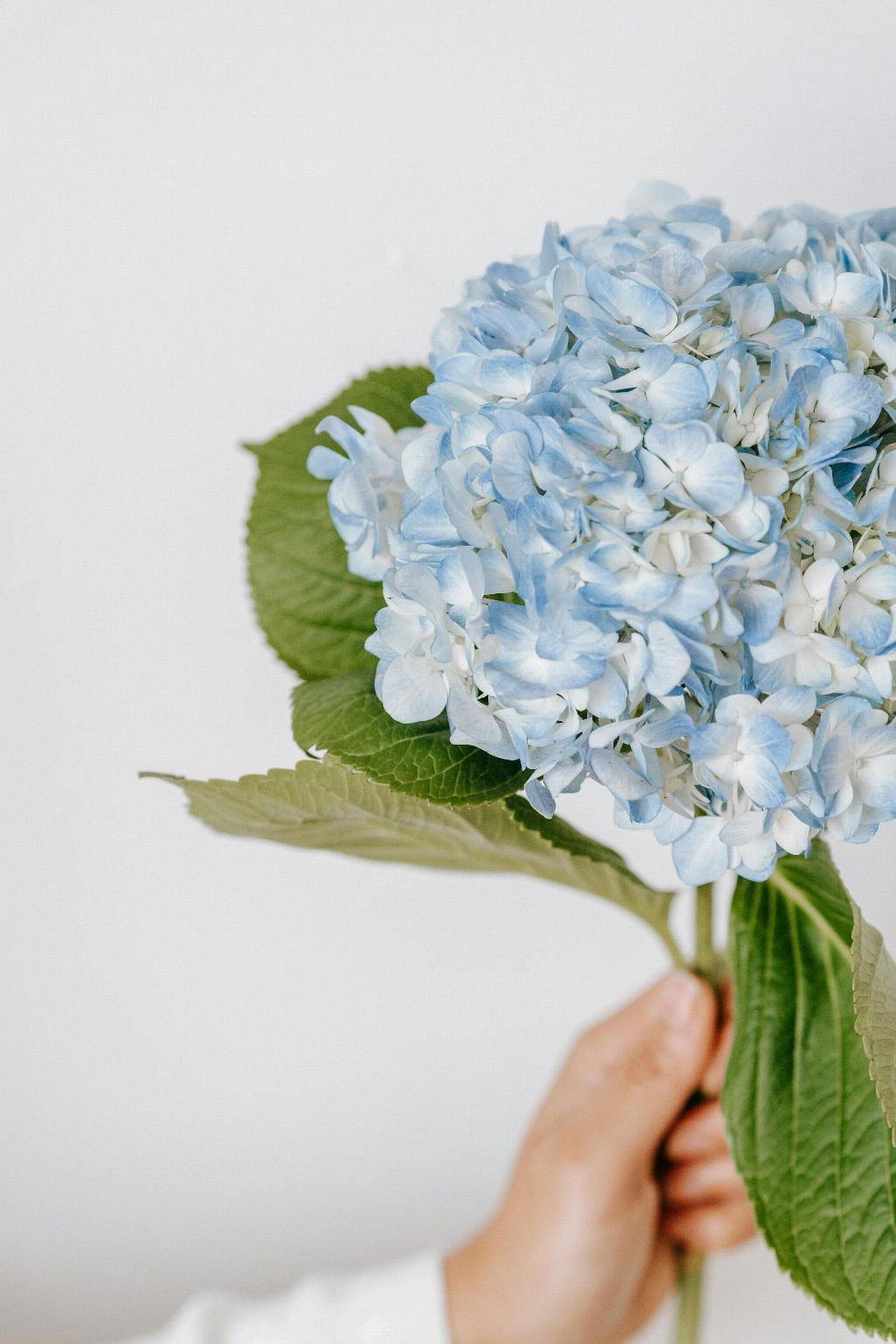When it comes to maintaining the health and beauty of your hydrangea plants, knowing how to trim them properly is essential. Proper pruning not only helps to shape the plant but also encourages new growth and ensures abundant blooms in the flowering season.
One important aspect of trimming hydrangeas is to prune back stems to just above a fat bud. This type of cut, known as a heading cut, is best done in the fall, late winter, or spring, depending on the specific variety of hydrangea you have in your garden.
It is crucial to understand the type of hydrangea you have, as different varieties may require different pruning techniques. For instance, hydrangeas with conical-shaped flower heads benefit from heading cuts to promote healthy growth and flowering.
While pruning hydrangeas, it is generally recommended to leave the dry, tan flower heads on the plant. Not only does this provide some winter interest in your landscape, but it also helps protect the developing buds and stems from harsh weather conditions.
For those who prefer to have a tidy garden throughout the winter months, pruning hydrangeas can be delayed until late winter or early spring. This allows you to enjoy the dried flower heads during the colder seasons before preparing the plants for new growth.
Timing is key when it comes to trimming hydrangeas effectively. By pruning at the right time of year, you can ensure that your plants have enough time to recover and develop new growth before the flowering season begins.
One common mistake to avoid when trimming hydrangeas is cutting back too much of the plant at once. It is best to trim conservatively, focusing on removing dead or damaged branches while leaving the healthy growth intact.
Regular pruning of hydrangeas also helps promote air circulation within the plant, reducing the risk of disease and ensuring that nutrients are distributed evenly. This can lead to healthier, more vibrant blooms when the flowering season arrives.
When trimming hydrangeas, be sure to use sharp, clean tools to make precise cuts without causing unnecessary damage to the plant. Sterilizing your tools before and after pruning can help prevent the spread of diseases among your hydrangeas.
As you trim your hydrangeas, take the time to step back and assess the overall shape and structure of the plant. By removing any crowded or crossing branches, you can help the hydrangea maintain a balanced and attractive appearance throughout the year.
Remember that each pruning session is an opportunity to care for your hydrangeas and support their growth and vitality. With a little know-how and regular maintenance, you can enjoy beautiful, healthy hydrangea plants in your garden for years to come.
By following these tips and guidelines for trimming hydrangeas, you can ensure that your plants thrive and bloom abundantly season after season, adding beauty and charm to your outdoor space.

